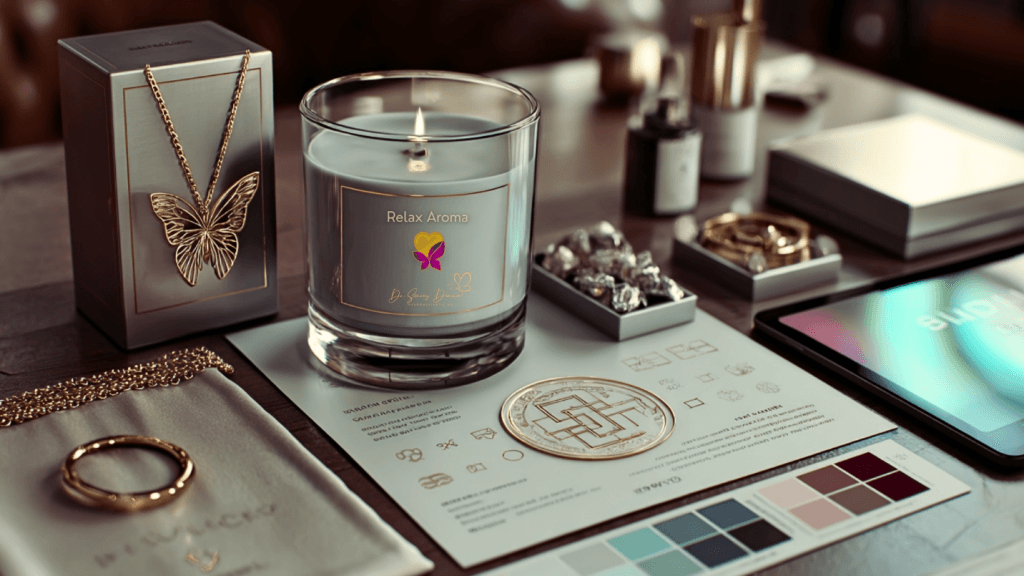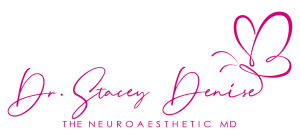What happens when the systems that scan us don’t see us? Not just metaphorically, but visually, sonically, emotionally? What happens to the nervous system when it is repeatedly misrecognized?
This question has become central not just to AI ethics, but to emotional regulation, stress physiology, and identity coherence, especially for those of us who live in neurodivergent, culturally nuanced, and symbolically rich bodies.
In Part 1 of this series, we explored how algorithmic bias can invisibly burden the nervous system. In this post, I want to go deeper into the neuroaesthetic cost of being aesthetically excluded by machines, and how this form of bias shows up not only in what we’re shown, but in how we’re seen.
The Misrecognition Loop: When AI Sees Through the Wrong Lens
We’re in an era where artificial intelligence evaluates everything, from resumes and voices to faces, diagnoses, and social relevance. But many of these systems are trained on homogenized datasets that reflect limited, often Western, beauty and identity standards.
The consequence?
- Voices with accents or tonal complexity are flagged as “unreadable”
- Faces with deep melanin or non-Eurocentric bone structure are distorted or erased
- Gender nonconforming or emotionally flat affect is misinterpreted as “inauthentic” or “unwell”
And for women with high-functioning autism, ADHD, alexithymia, or trauma-adapted masking, this isn’t theoretical. It’s lived.
The Stress of Being Misread, Daily
In a 2024 study published in Frontiers in Digital Health, researchers found that AI-based voice assessments misread emotional distress in female and Hispanic speakers, often underdiagnosing depression or misclassifying anxiety patterns.
Another 2025 study in JMIR Mental Health revealed that users who experienced divergence between their online and offline identities reported higher anxiety, sleep disruption, and self-fragmentation.
This is more than digital bias. This is aesthetic micro-trauma:
- The gut-drop of an AI filter that lightens your skin
- The silence of a resume scan that penalizes cultural syntax
- The shame of being tagged “low fit” in systems you were never trained to navigate
Neuroaesthetic Harm Is Nervous System Harm
In my clinical work, we view this not just as an exclusion, but also as somatic dysregulation. When a machine, or a visual space, misrepresents you, it can activate the following:
- Amygdala threat pathways: triggering hypervigilance
- Dopamine suppression: diminishing joy, reward, and creative focus
- Chronic cortisol elevation: contributing to emotional burnout, inflammation, and adrenal fatigue
Some say, “That’s just how AI works”, but this becomes a trauma layering tool, especially for people already navigating sensory overload or identity vigilance.
This is why designing for recognition, not just representation, matters. And why I practice Neuroaesthetic Lifestyle Medicine, to help women restore sensory agency in a world that often reflects them inaccurately.

Designing Back: How to Reclaim Safety and Sovereignty in a Misreading System
Let’s be clear: we are not powerless here. While we may not control the algorithm, we can design our lives to reclaim our mental and emotional health by using rituals, colors, spaces, and sensory cues that tell our nervous system the truth: you belong, you are seen, you are safe to be whole. Here’s how we can start.
Five Restorative Practices When the World Misreads You
1. Color as a Mirror, not a Mask
Instead of filtering your image to conform, use color to clarify your internal truth.
Wear, paint, or design with hues that reflect your emotional reality, not a market algorithm.
Ask: What color do I feel unseen in? What color helps me return to myself?
2. Auditory Grounding
After a video call or voice-based interaction where you felt misread, reset your nervous system with vocal toning or binaural soundscapes. Let your voice reclaim space, not for performance, but for presence.
3. Smell to Reconnect Identity
Use scent as a retrieval tool. When systems flatten your nuance, inhale something familiar: clove, bergamot, soil, frankincense. Aromas carry memory. Let them remind your body of your original, undistorted self.
4. Self-Symbol Rituals
Create a recurring ritual that reflects who you are beneath your “profile.” Draw a sigil, light a candle, wear a ring. Let this symbol become an emotional grounding tether when algorithms erase your nuance.
5. Sensory Audit of Your Digital Ecosystem
Review the apps, tools, and platforms you use.
- Which ones leave you feeling expanded?
- Which leave you bracing?
Replace or reframe the ones that trigger aesthetic distress. Even a subtle wallpaper shift or new font choice can shift your visual nervous system.
Final Thought
Artificial intelligence is often called objective. But how it’s trained determines who it sees, and who it erases.
As someone who designs for neurodivergent women, I don’t just want to improve AI. I want to support the women navigating its stress every day, helping them reclaim softness, ritual, and reflection in a world of distortion.
And remember: You are not too much. You are not unreadable. You are coded with complexity, and worthy of spaces, machines, and rituals that reflect that fact!
Let’s keep designing retreats, even in a digital world.










